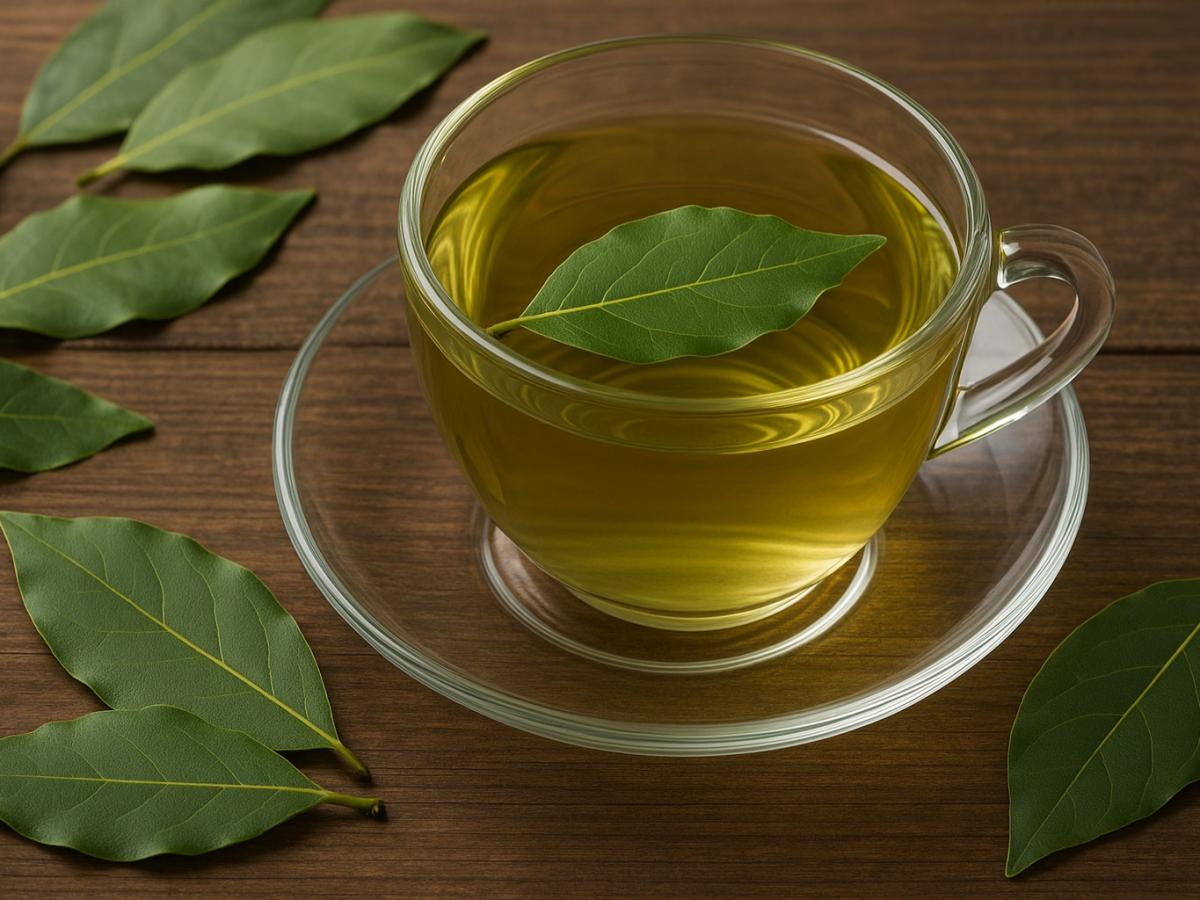By Angela Antonova
Copyright pravda

Laurel leaf tea is more than a fragrant evening drink. With its soft taste and subtle spicy notes, it brings digestive support, light detox effects, and helps strengthen the immune system. While bay leaves are best known as a universal kitchen spice, brewing them as tea reveals a whole new set of benefits for health and relaxation.
Laurel: A Tree with a Rich History
The evergreen laurel tree thrives in the Mediterranean and southern Europe, though it adapts to cooler regions as well. Its glossy, aromatic leaves have been prized for centuries thanks to essential oils that preserve flavor and healing properties. In the kitchen, bay leaves enrich soups, sauces, and meats, but their uses go far beyond culinary tradition.
Health Benefits of Laurel Tea
Drinking laurel leaf tea works gently yet noticeably on the body. Key benefits include:
Improved digestion and relief after heavy meals.
Reduction of heartburn and stomach discomfort.
Support in natural detox and removal of toxins.
Strengthening of the immune system against seasonal colds.
Calming effects that ease breathing and promote relaxation before sleep.
“Laurel tea is often recommended after dinner to both support the stomach and prepare the body for rest.”
How to Prepare Laurel Leaf Tea
Recipe with Fresh Leaves
250 ml water
4 fresh laurel leaves
A bit of lemon zest
Wash the leaves, remove the tough vein, boil with lemon zest for 2–3 minutes, then steep covered for 5 minutes. Strain and serve hot.
Recipe with Dried Leaves
Dried leaves also retain aroma and benefits. Use 3–4 leaves per cup of water and prepare in the same way.
How to Serve the Tea
Laurel tea can be enjoyed plain or sweetened with honey. For extra flavor, add orange zest or a slice of ginger. While best fresh, it can be stored in the fridge for up to 24 hours.
Pros and Cons
Natural product with no additives
Not suitable in excess for gastritis
Supports digestion
Possible individual intolerance
Affordable ingredients
Short shelf life
Easy recipe
Strong aroma not for everyone
Fresh vs. Dried Leaves
Fresh Leaves
Dried Leaves
More intense flavor
Longer shelf life
Better essential oil content
Available year-round
Seasonal availability
Need slightly longer infusion
Step-by-Step Tips
Use clean, spot-free leaves.
Choose untreated lemons for zest.
Add cinnamon or cardamom for aroma.
Do not over-boil leaves to avoid bitterness.
Reheat on the stove, not in the microwave, to preserve flavor.
Myths and Facts
Myth: Laurel tea causes rapid weight loss.Fact: It only supports digestion and metabolism but does not burn fat directly.
Myth: Safe to drink daily without limits.Fact: Overuse can irritate the stomach.
Myth: Dried leaves are useless.Fact: Properly stored, they preserve most benefits.
Can I brew a whole liter at once? Yes, but store for no longer than 24 hours in the fridge.
Which honey is best? Linden or acacia honey for their mildness.
Better to add ginger or orange zest? Ginger warms, while orange adds freshness — choose based on mood and need.
History and Symbolism
In ancient Greece and Rome, laurel wreaths symbolized victory and honor. Bay leaves were also chewed or infused in water for colds. In folk medicine across cultures, laurel tea was a remedy for stomach pain and respiratory issues.
Laurel Tea for Sleep and Stress Relief
The aroma of laurel has calming properties, reducing anxiety and helping prepare the body for rest. Drinking a cup before bedtime is a gentle ritual for deeper sleep.
Common Mistakes to Avoid
Using untreated lemon zest: can add bitterness. Always use the yellow part only.
Over-boiling leaves: longer than 10 minutes makes the tea too bitter.
Storing longer than a day: tea loses both aroma and benefits.
Creative Variations
Add honey and cinnamon for a festive taste reminiscent of mulled wine, or brew laurel together with green tea for a refreshing daytime boost.
Interesting Facts
Laurel oil is used in aromatherapy to relieve fatigue.
Bay leaves were once placed in chests to protect clothes from moths.
In cooking, laurel is often paired with cloves and pepper as a classic marinade base.



